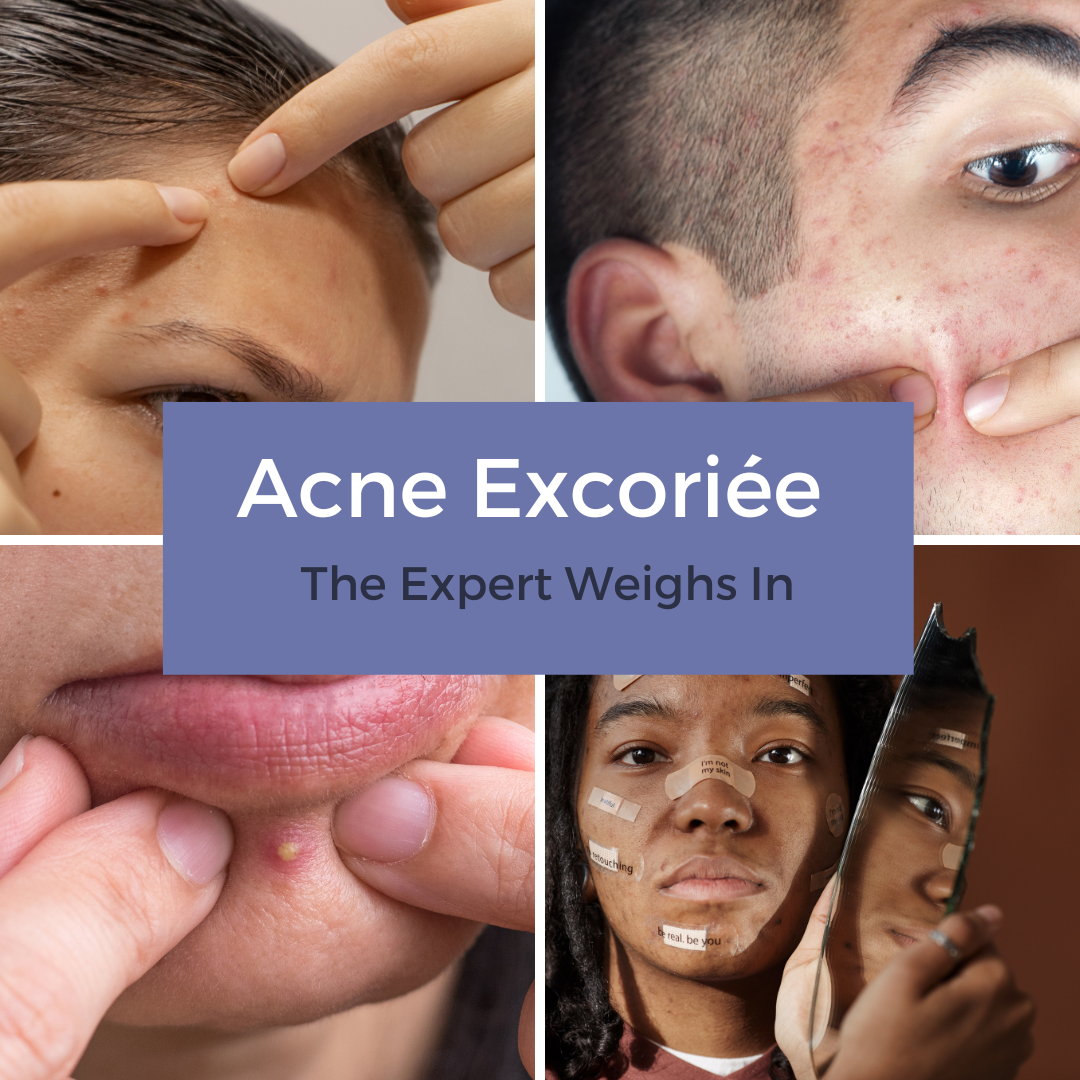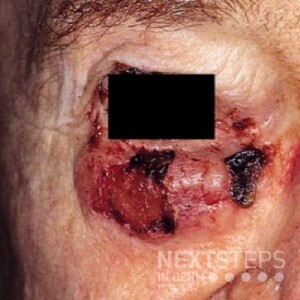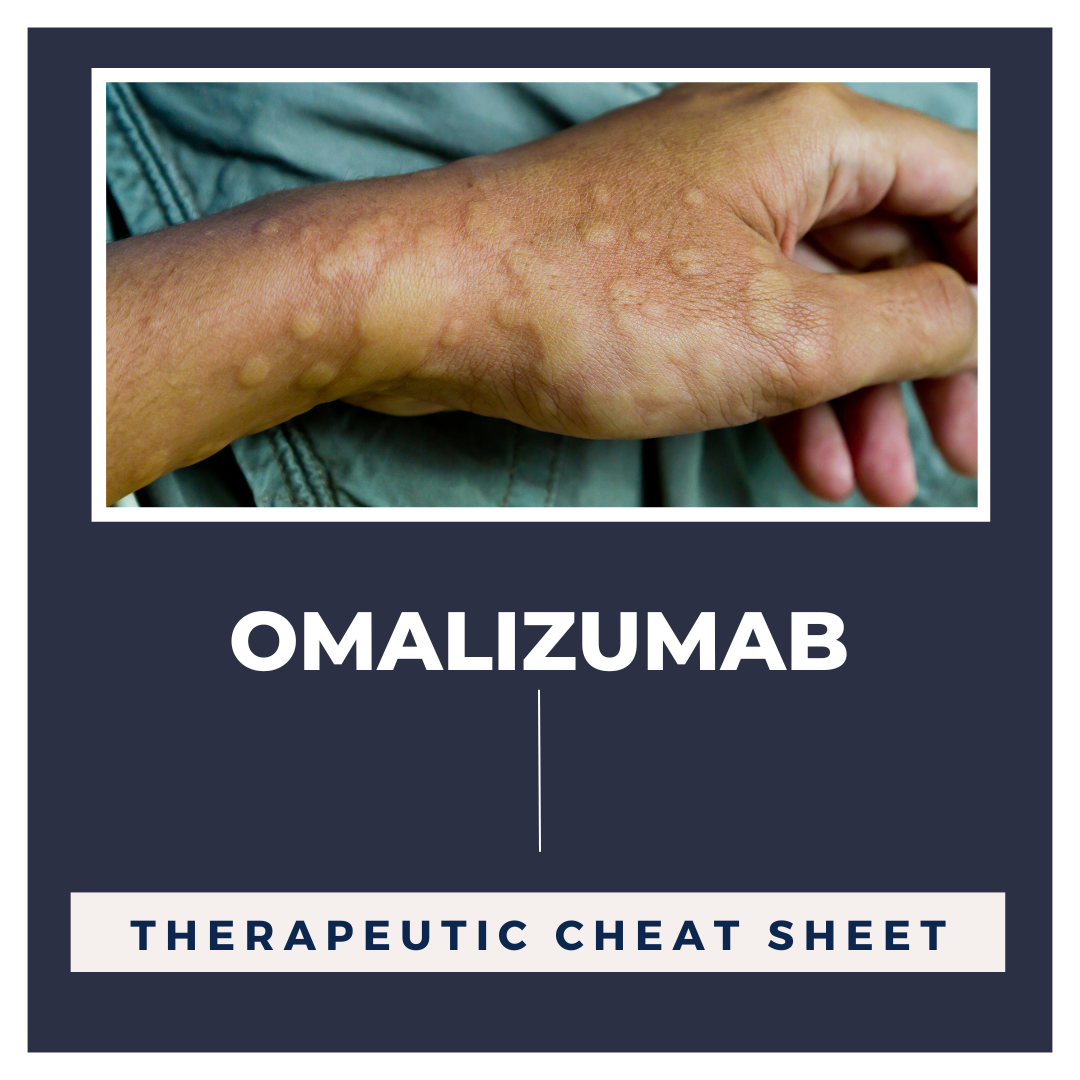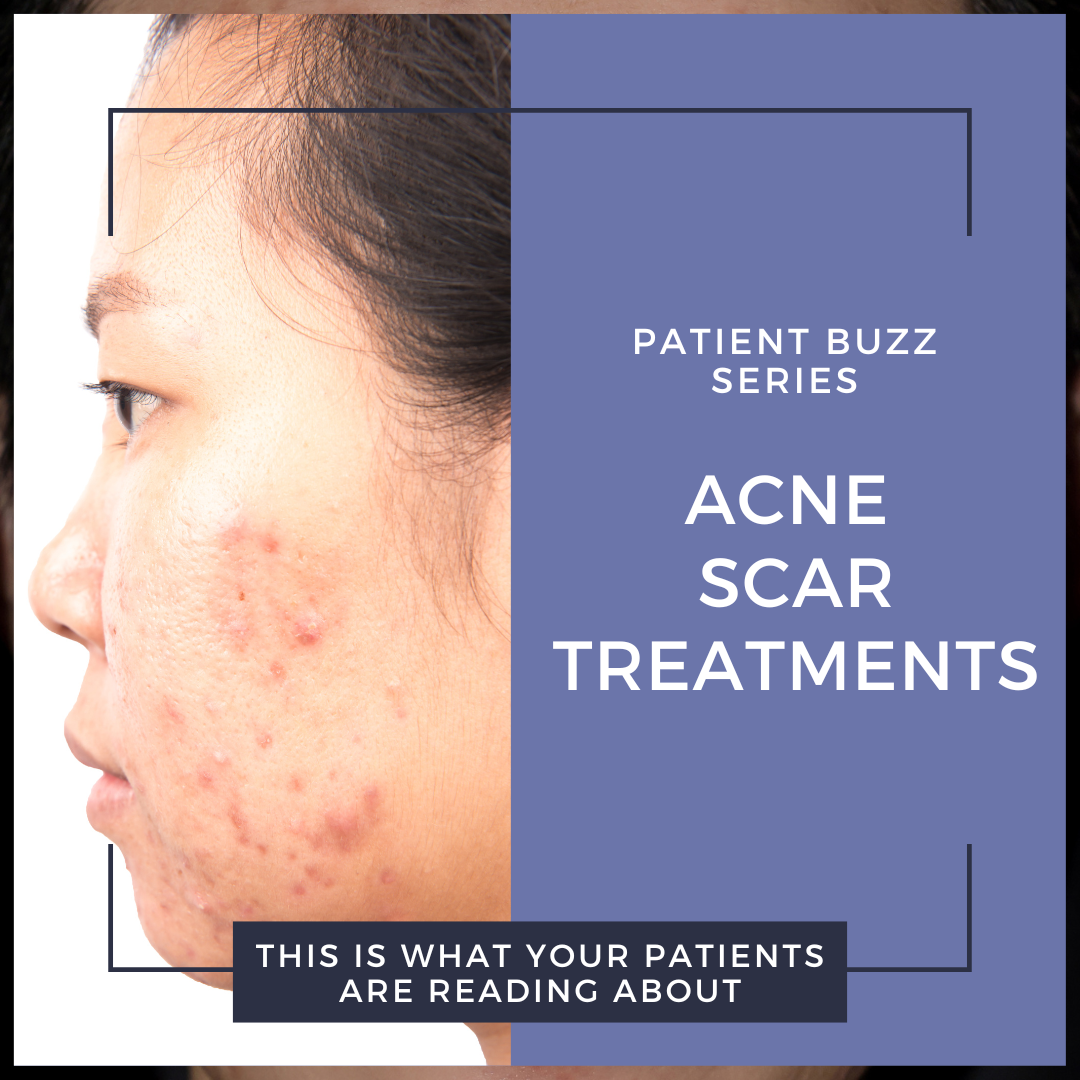Patient Buzz: Acne Excoriée | The Expert Weighs In
 Allure recently posted a first-person account of acne excoriée. How can dermatologists best counsel patients who pick their acne lesions, and what tools can help address the urge to pick?
For expert advice, I reached out to dermatologist and clinical psychologist Rick Fried, MD, PhD, clinical director of Yardley Dermatology Associates and Yardley Clinical Research Associates in Yardley, Pa.
…
Allure recently posted a first-person account of acne excoriée. How can dermatologists best counsel patients who pick their acne lesions, and what tools can help address the urge to pick?
For expert advice, I reached out to dermatologist and clinical psychologist Rick Fried, MD, PhD, clinical director of Yardley Dermatology Associates and Yardley Clinical Research Associates in Yardley, Pa.
…
 Allure recently posted a first-person account of acne excoriée. How can dermatologists best counsel patients who pick their acne lesions, and what tools can help address the urge to pick?
For expert advice, I reached out to dermatologist and clinical psychologist Rick Fried, MD, PhD, clinical director of Yardley Dermatology Associates and Yardley Clinical Research Associates in Yardley, Pa.
…
Allure recently posted a first-person account of acne excoriée. How can dermatologists best counsel patients who pick their acne lesions, and what tools can help address the urge to pick?
For expert advice, I reached out to dermatologist and clinical psychologist Rick Fried, MD, PhD, clinical director of Yardley Dermatology Associates and Yardley Clinical Research Associates in Yardley, Pa.
… Continue reading "Patient Buzz: Acne Excoriée | The Expert Weighs In"


 A 70-year-old female presents for treatment of a large tumor shown on her face. It has been increasing in size for over 10 years. Which of the following medication is FDA approved for locally advanced basal cell carcinoma that is not amenable to surgical therapy?
A. Ipilimumab
B. Sonidegib
C. Erolitinib
D. Interferon alpha
E. 5-fluorouracil
To find out the correct answer and re …
A 70-year-old female presents for treatment of a large tumor shown on her face. It has been increasing in size for over 10 years. Which of the following medication is FDA approved for locally advanced basal cell carcinoma that is not amenable to surgical therapy?
A. Ipilimumab
B. Sonidegib
C. Erolitinib
D. Interferon alpha
E. 5-fluorouracil
To find out the correct answer and re …  Chronic idiopathic urticaria is urticaria for greater than 6 weeks without an identifiable trigger. Cases relapse in 20% of patients for more than 5 years and be difficult to manage; however, omalizumab is a recently approved option for treatment of chronic idiopathic urticaria showing beneficial outcomes.1 Omalizumab is an injectable monoclonal antibody that has been FDA approved not just for chr …
Chronic idiopathic urticaria is urticaria for greater than 6 weeks without an identifiable trigger. Cases relapse in 20% of patients for more than 5 years and be difficult to manage; however, omalizumab is a recently approved option for treatment of chronic idiopathic urticaria showing beneficial outcomes.1 Omalizumab is an injectable monoclonal antibody that has been FDA approved not just for chr …  How to treat acne scars is a popular topic in the consumer press this month. Online articles discussed the benefits and limitations of both chemical peels and scar creams.
What advice is your acne patients reading about fading their acne scars and post-inflammatory hyperpigmentation? Find out by reviewing this list of articles about hot dermatology topics in the consumer press:
Allur …
How to treat acne scars is a popular topic in the consumer press this month. Online articles discussed the benefits and limitations of both chemical peels and scar creams.
What advice is your acne patients reading about fading their acne scars and post-inflammatory hyperpigmentation? Find out by reviewing this list of articles about hot dermatology topics in the consumer press:
Allur …  Atopic dermatitis (AD) is a chronic skin condition characterized by pruritus, inflammation, and acute flare-ups of eczematous lesions over dry skin.1 The wide range of clinical manifestations, the visible nature of the disease, and the intense itching significantly affects patients’ quality of life.2 Up to 80% of children with AD experience sleep disturbances.3 Sixty-seven percent of children …
Atopic dermatitis (AD) is a chronic skin condition characterized by pruritus, inflammation, and acute flare-ups of eczematous lesions over dry skin.1 The wide range of clinical manifestations, the visible nature of the disease, and the intense itching significantly affects patients’ quality of life.2 Up to 80% of children with AD experience sleep disturbances.3 Sixty-seven percent of children …